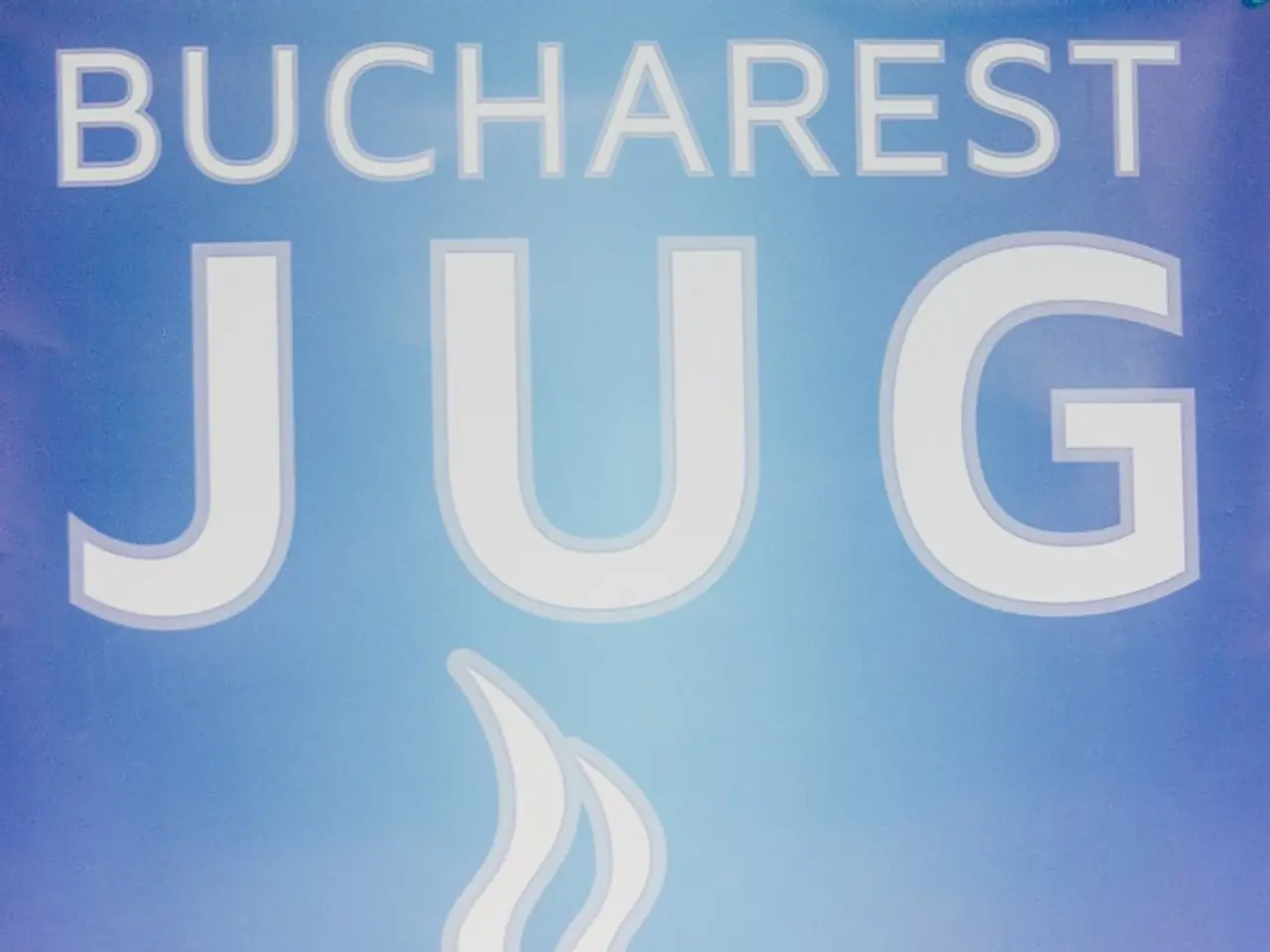Expanded Polymer Concrete Market Predicted to Reach USD 1,407.3 Million by 2034
==============================================================================================================
In the realm of construction materials, polymeric concrete has been making waves due to its unique properties and applications. This versatile material is finding its place in various sectors, from water treatment plants and chemical facilities to infrastructure projects and industrial sites.
Polymeric concrete's high mechanical strength, vibration damping, and excellent chemical resistance make it an ideal choice for constructing chemical containment areas in industrial plants and wastewater facilities. Its low permeability further adds to its appeal, making it a suitable option for trench drains in harsh environments.
The ready mix concrete (RMC) sector is projected to account for 20-25% of domestic cement demand by 2024, with polymeric concrete playing a significant role in this growth. In fact, the global polymeric concrete market is expected to reach USD 1,407.3 million by 2034, driven by increasing infrastructure and road construction projects worldwide.
However, the market isn't without its challenges. The high upfront cost of polymeric concrete, due to the use of specialized resins and additives, is a barrier for many construction companies, particularly in budget-conscious projects or developing regions. Skilled labor is also required for mixing and applying polymer-based concrete, which adds to overall project expenses and has slowed its adoption in large-scale construction efforts.
Despite these challenges, the market's compound annual growth rate (CAGR) is expected to be 6.6% between 2025 and 2034. This growth is fueled by several key drivers, including the rising adoption in the construction sector for applications such as waterproofing roofs, roads, and viaducts, where enhanced robustness is vital.
Government investments and initiatives promoting infrastructure development and sustainable construction practices, such as the push towards green building materials, also play a significant role in the market's growth. Technological advancements, like bio-based admixtures enhancing durability, workability, and environmental sustainability, are further propelling the market forward.
The urbanization trend, with its demand for affordable, resilient housing and infrastructure, also supports the use of advanced concrete materials like polymeric concrete for faster and more durable construction.
In terms of applications, flooring blocks represented 28.5% of total applications in 2024. Polymeric concrete flooring blocks are used in industrial and commercial spaces for heavy-duty flooring that resists abrasion, chemicals, moisture, and thermal shock. Epoxy-based polymeric concrete, known for its reduced shrinkage and strong adhesion, is particularly popular in high-stress environments.
Notable companies in the polymeric concrete sector include Interplastic Corporation, which has developed polymer concrete formulations using unsaturated polyester resins designed for fast-cure, low-shrinkage applications. Sika AG, a leading name in the construction chemicals industry, completed the acquisition of Kwik Bond Polymers (KBP), a U.S. based manufacturer specializing in polymer systems for bridge deck and concrete infrastructure refurbishment.
The U.S. Federal Highway Administration (FHWA) has championed the use of polymer-based materials through programs like the "Innovative Bridge Research and Construction" initiative. In 2024, Polymer Impregnated Concrete (PIC) led the market, accounting for 59.3% of the market share.
However, the market still faces challenges such as higher initial costs and price competitiveness compared to traditional concrete or other admixtures, the need for greater standardization and industry-wide acceptance, regional variability in adoption rates, supply chain and raw material availability constraints, and technological complexity in formulation and installation.
In conclusion, the polymeric concrete market is propelled by infrastructure expansion and sustainability trends, but faces challenges related to cost, standardization, and regional disparities in adoption. As the industry continues to evolve, it is expected that these challenges will be addressed, paving the way for wider adoption of this innovative material.
[1] MarketsandMarkets, Polymeric Concrete Market by Type (Polymer Impregnated Concrete, Epoxy Polymer Concrete, and Others), by Application (Flooring, Bridge & Highway, Water Treatment, Chemical Plants, and Others), and by Region - Global Forecast to 2034
[2] Grand View Research, Polymeric Concrete Market Size, Share & Trends Analysis Report By Type (Polymer Impregnated Concrete, Epoxy Polymer Concrete, And Others), By Application (Flooring, Bridge & Highway, Water Treatment, Chemical Plants, And Others), By Region, And Segment Forecasts, 2021 - 2028
[3] Allied Market Research, Polymeric Concrete Market Report: Global Opportunities Analysis and Industry Forecast, 2020-2030
[4] Interplastic Corporation, Polymer Concrete
[5] Sika AG, Kwik Bond Polymers Acquisition
[6] U.S. Federal Highway Administration, Innovative Bridge Research and Construction
- The global polymeric concrete market is expected to grow significantly, reaching USD 1,407.3 million by 2034, as a result of investments in infrastructure, technology advancements, and the push towards sustainable construction practices.
- Personal-finance managers may find value in understanding this market's growth potential, as investing in companies that specialize in the production of polymeric concrete for infrastructure and industrial projects could offer lucrative returns, given the anticipated compound annual growth rate (CAGR) of 6.6% between 2025 and 2034.
- In the business realm, technology plays a pivotal role in the polymeric concrete sector, with advancements in bio-based admixtures enhancing durability, workability, and environmental sustainability, driving the market forward, particularly in the construction sector for applications like waterproofing and high-stress environments.




